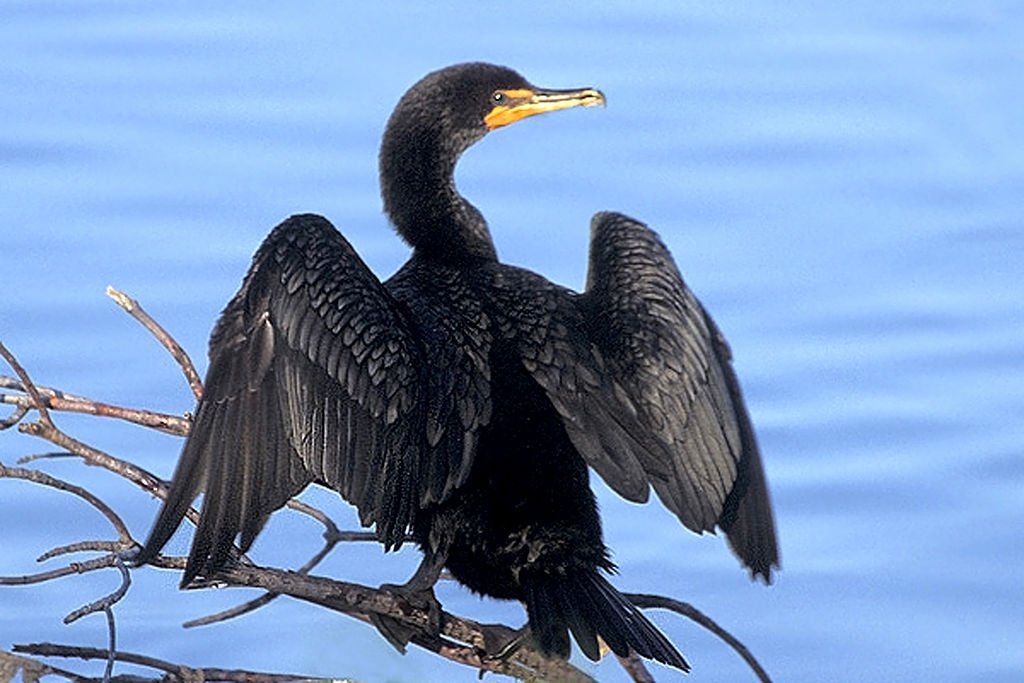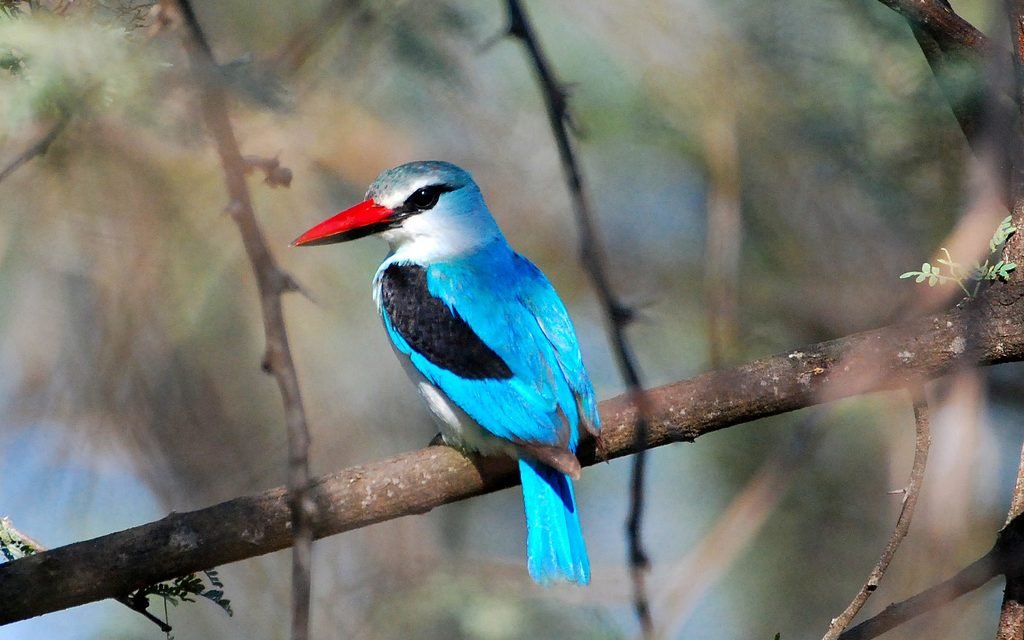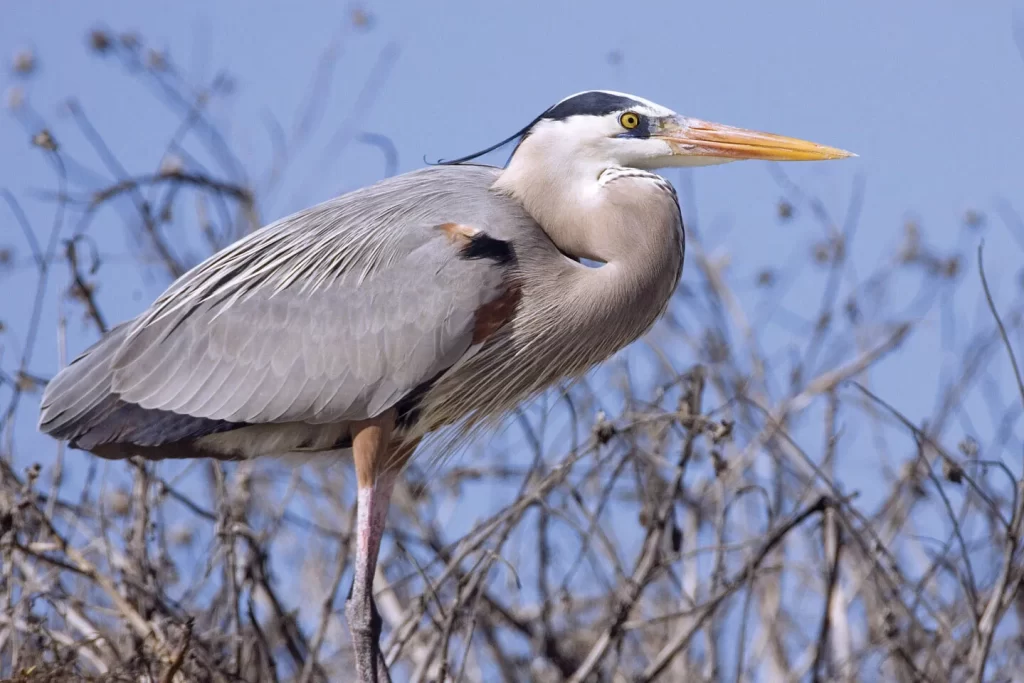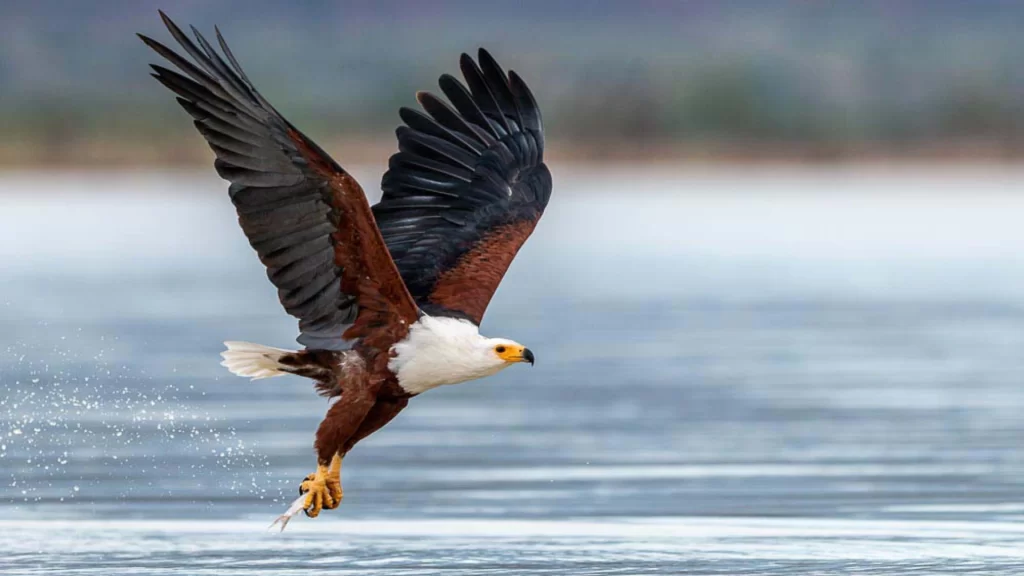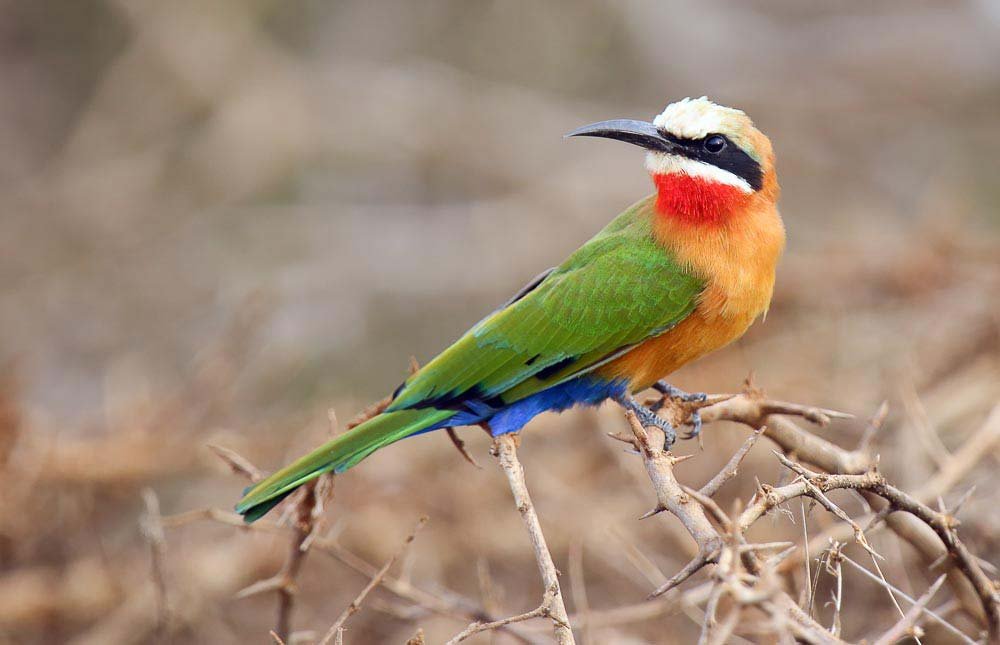Lake Nyasa Tanzania stretches as Africa’s third-largest lake, sharing borders with Malawi and Mozambique. Crystal-clear waters harbor over 1,000 endemic fish species, making Lake Nyasa snorkeling a world-class underwater adventure. Sandy beaches along the Tanzanian shoreline offer pristine relaxation spots for travelers seeking tranquil escapes. Fishing communities showcase traditional dhow boats and authentic cultural experiences. Lake Nyasa tourism combines aquatic adventures with scenic mountain backdrops in this remote paradise destination.
Lake Nyasa (Lake Malawi) is a haven for bird enthusiasts, hosting over 300 species in its diverse habitats. Along the lush shoreline, you can spot African fish eagles, herons, cormorants, kingfishers, and colorful bee-eaters. The lake’s wetlands and forests attract migratory and endemic birds, making it ideal for birdwatching year-round. Early mornings and sunset hours offer the best viewing opportunities.










